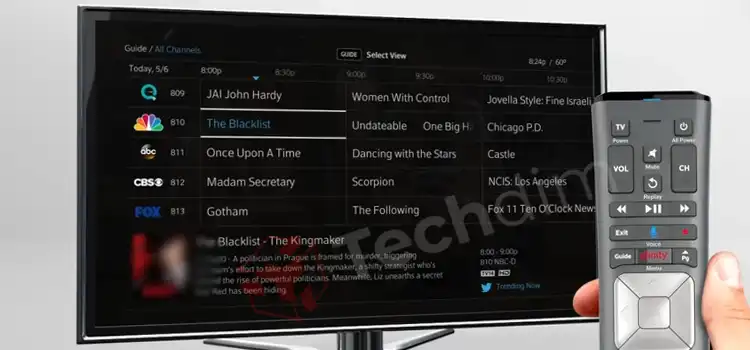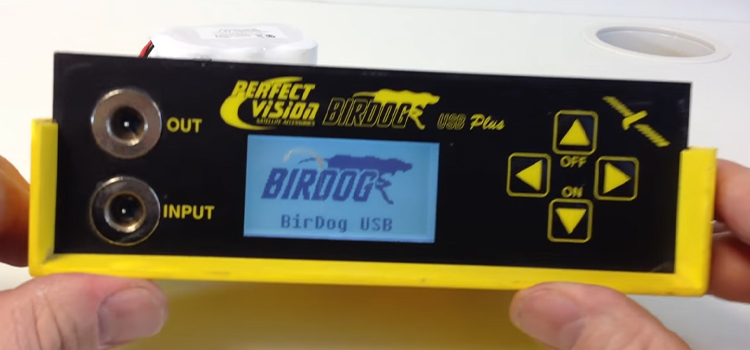6 Common Mistakes to Avoid When Storing PC Hardware in Units
Unlike simply entering sleep modes eventually draining batteries prematurely, PC owners must completely shut systems down prior to storage transports for maximum integrity preservation insists industry leader Dell. For instance, carefully save open files, close all software, then fully power off via start menus when dismantling desktop rigs like gaming PC enthusiast Andre does. Similarly, running initial battery charge cycles on notebooks as Marissa did avoids losing functionality discovering drained laptops unable later. Following proper handling procedures starting with complete shutdowns prevents nasty downline surprises waking systems someday after untouched months perhaps.

Protect Internal Components From External Bumps and Drops
Transporting desktop towers containing fragile graphics cards, gaming laptops holding vulnerable elevated screens, and lightweight tablets risks exterior impacts sabotaging mobile computing investments without sufficient interior cushioning surrounding sensitive electronic parts recommends industry leader NSA Storage.
As computer retailer manager Bradley Hunter confirms, “I always remind customers using original computer manufacturer boxes or snug custom foam inserts when moving gear preventing bumps and drops during loading/unloading or sliding around storage spaces over time.”
Carefully immobilizing and encasing devices avoids jarring connections loose depreciating computing performance from accidental collisions. Prioritize safety first.
Routinely Verify Climate Control Status
Fluctuating conditions degrade components so consistently maintain ideal ranges including:
- Temperature 68-72 degrees Fahrenheit
- Humidity 40-50% moisture content
- Ventilation airflow without dust building
Verify unit analytics per EPA guidance or install standalone smartphone enabled monitors tracking readings 24/7. Rapidly address any environments exceeding equipment tolerances.
Note: Warning signs of heat damage include random shut downs, screen discoloration, and hot Bottom chassis while humidity risks corrosion buildup over time.
Adequately Insulate Electronics From Minor Flooding Risks
While facilities meet codes minimizing flooding, extreme weather raises possibilities of minor seepage. “We advise elevating irreplaceable electronics using wooden pallets or plastic milk crates as barriers between concrete floors just in case the unexpected occurs temporarily after hurricanes or tornado seasons cripple infrastructure briefly before crews enact repairs,” suggests storage manager Winston.
Also place moisture-absorbing packs directly underneath pallets routed draining away from equipment if incidents happen.
When selecting unit locations, inquire about adjacency risks near poorly sealed doors/roofs allowing water intrusions from past storms. Take pictures initially documenting possessions conditions should damage require insurance claims later. While absolute prevention is difficult to guarantee, properly insulating valuables from underneath still mitigates vulnerabilities water could inflict through unfortunate circumstances. Stay prepared!
Immobilize Internal Parts to Prevent Shifting Damage
Owners must adequately immobilize gear stored including:
- Taping down connecting wires tightly cannot randomly disconnect when disturbed according to OSHA safety protocols.
- Anchoring detached computer components like GPUs or RAM pieces into slotted compartments stopping interior jostling.
- Wrapping monitors/tablets with furniture pads pinning device frames with adjustable straps or soft stabilizers avoiding edge impacts.
- Packing external hard drives vertically using filled gaps as braces avoiding data corruption from sudden drops.
Restricting internal movements prevents components slowly working loose through accidental bumps and routine loading vibrations degrading electronics functionality gradually when unchecked long term.
Purchase Specialty Tech Insurance Policies
When electronics collections exceed general household coverage limits around $5,000, storage users should evaluate increased specialty PC insurance accommodating higher computing equipment valuations protecting volatile possessions better explains leading insurance provider Steve Baughman. He advises “We now offer customized inland marine policies catering towards passionate gamers, video editors, cryptocurrency miners, and startup tech companies insuring devices for full replacement costs if disasters hit.”
Beyond anchoring towers preventing floor moisture contact and adding dedicated climate sensors monitoring humidity/ventilation thresholds known gradually degrading systems over years as per manufacturer recommended ranges for optimal how to care for longevity, purchasing guaranteed compensation for irreplaceable equipment damaged by fires, leaks, or burglaries delivers essential peace of mind storing thousands in mobile computing investments indefinitely given the financial risks.
Stat Box: Average US renter insurance policy covers just $5,000 electronics equipment without extra riders. However, average gaming PC replacement cost is roughly $1,800 while video editing laptop averages $2,500 currently.
Inspect Units Monthly To Verify Inventory Integrity
When entrusting storage securing beloved PC builds and computing gear, make brief monthly inspections ensuring conditions have not shifted inadvertently over time degrading systems through gradual bumps, drops, humidity, or temperature events.
Subscribe to our newsletter
& plug into
the world of technology





